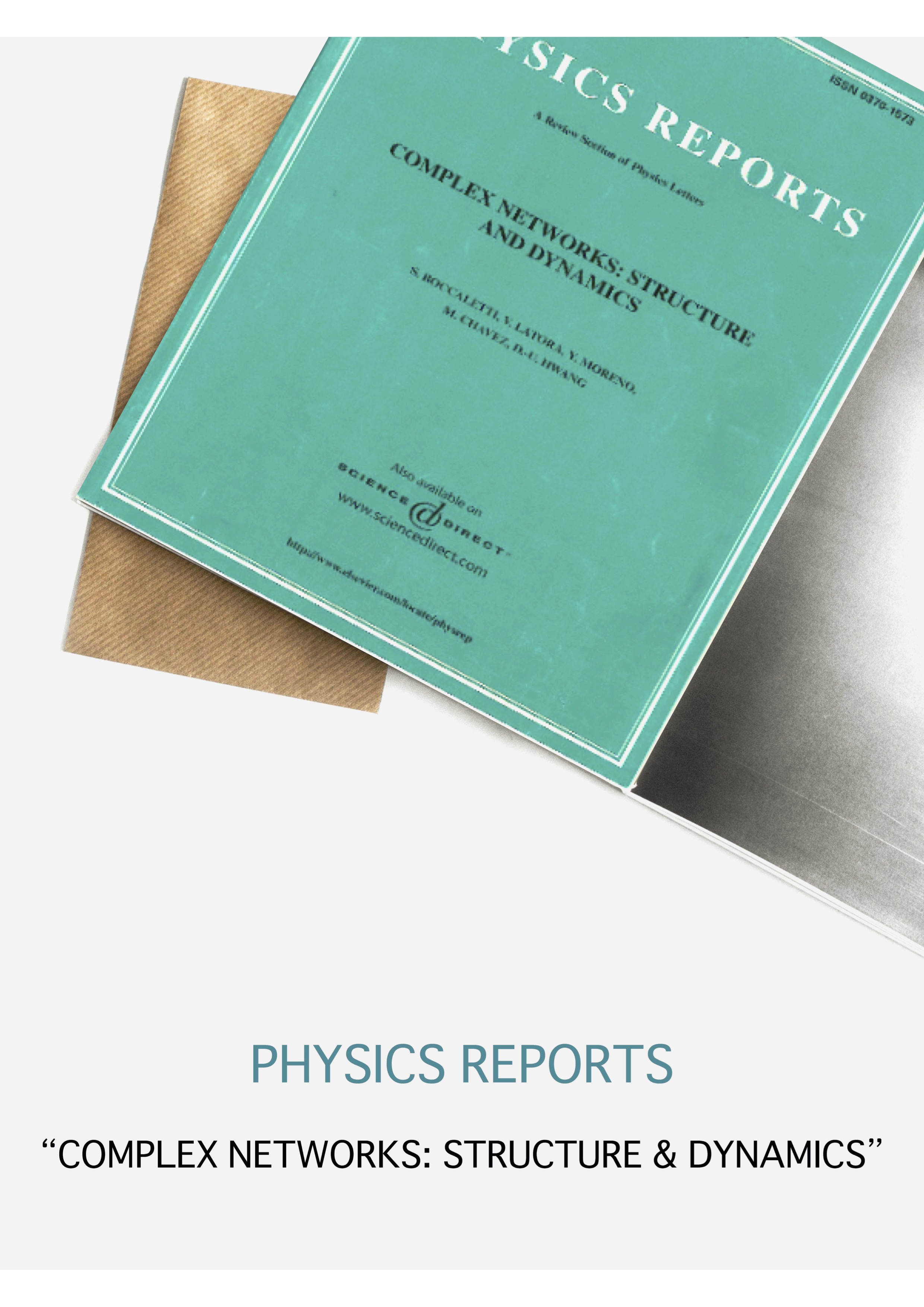Network Theory
Networks have been an object of study since quite a long time. Sociologists and graph mathematicians are among the first scientific communities that started to analyze the topology of real and abstract systems. However, with the advent of modern computational means, the study of network took off and reached another dimension.
Find out more by checking our main publications at: MAIN PUBLICATIONS

Our highly cited review on the structure and dynamics of networks:

For more details, explore the items that are shown on the lateral menu.

